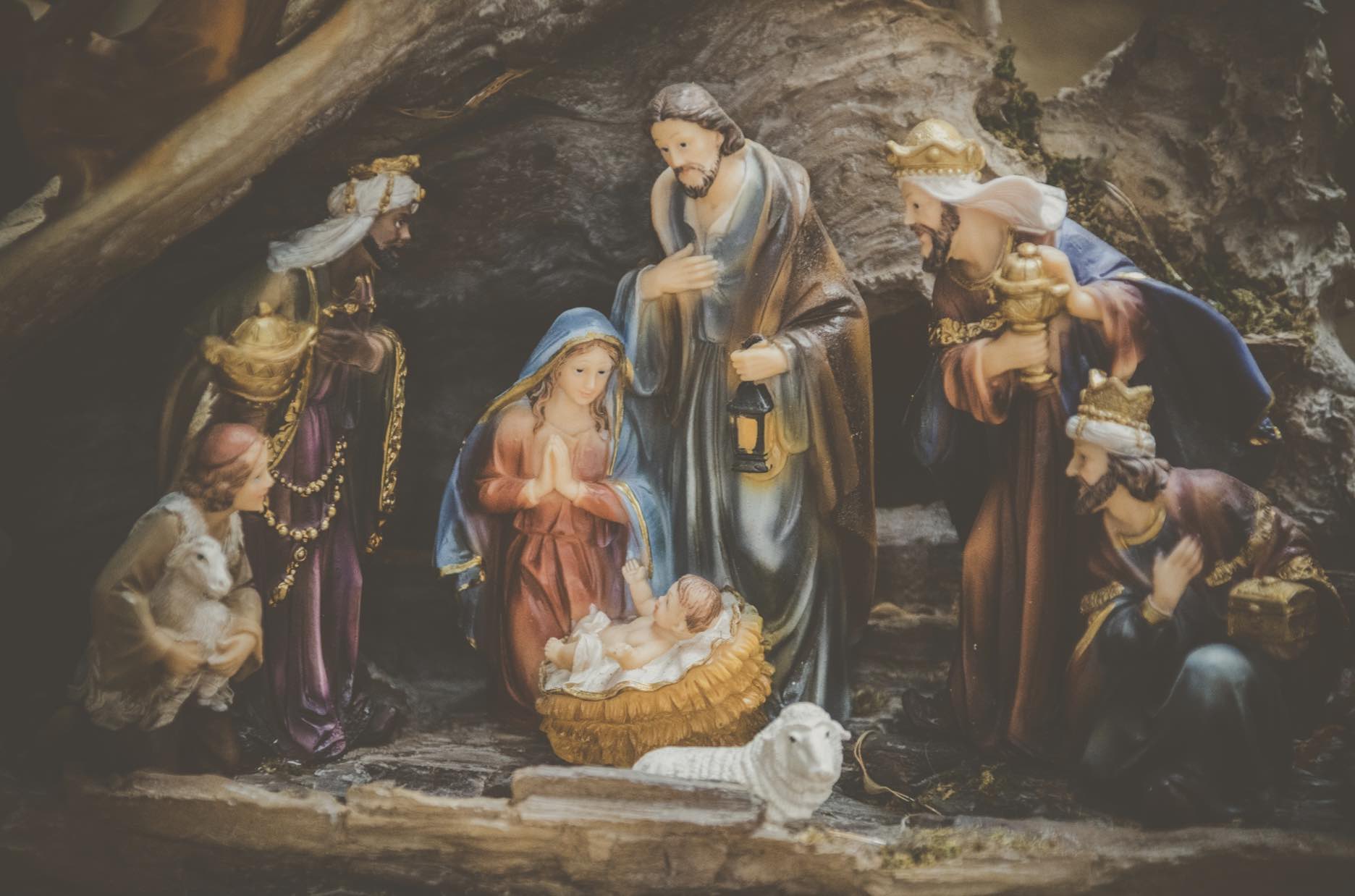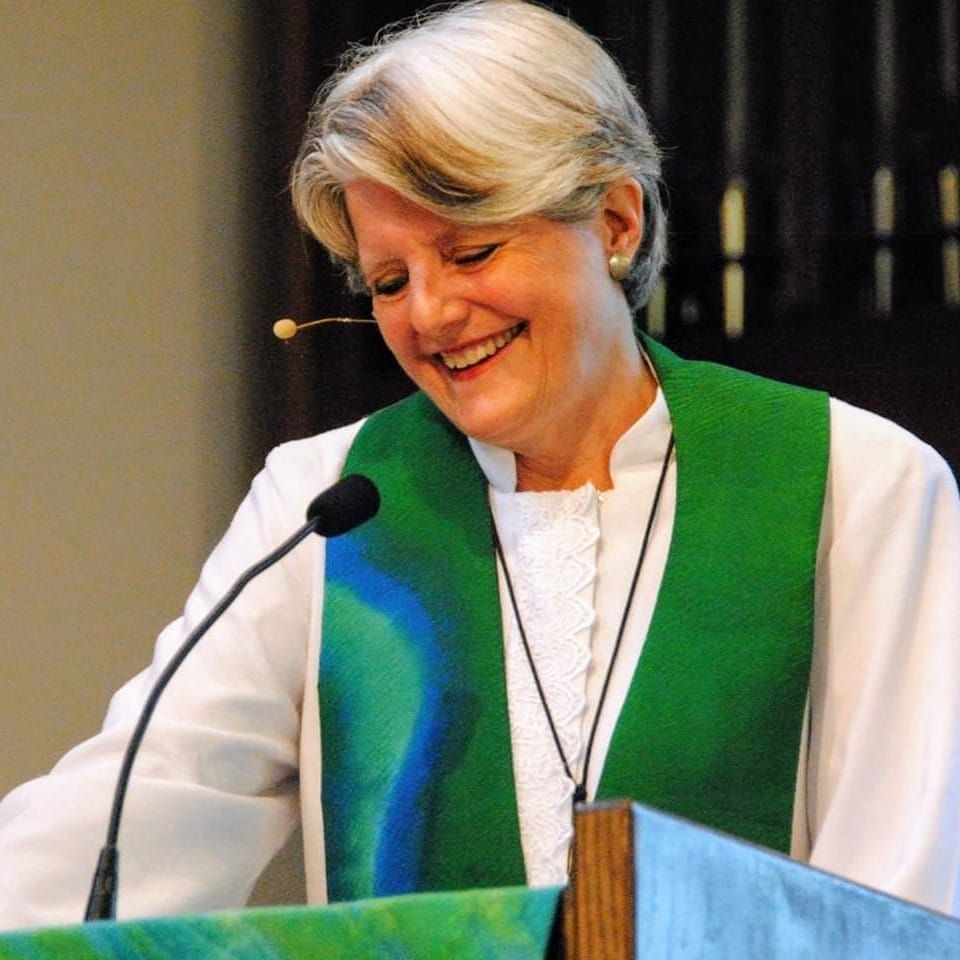A California church created an art installation, a bleak adaptation of a Christmas nativity scene, to expose the plight of refugees and asylum seekers crossing the U.S.’s southern border. The art piece features the Holy family separated and placed in individual, chain-link metal cages. The barbwire spirals on top of the cages render the installation eerily similar to the U.S. – Mexico border fence.
The Claremont United Methodist Church, located East of Los Angeles, decided to alter their nativity scene this holiday season to remind viewers that Jesus was also a refugee. The church hopes the unconventional scene draws attention to the unequal and inadequate treatment of asylum seekers in the USA. Of which an estimated 5,500 children have been separated from their families in the past three years alone. The church’s senior minster, Reverend Karen Ristine, originally shared the church’s artistic-take on the nativity scene via Facebook. In her post, she called the Holy family “the most well-known refugee family in the world”.

“A nativity is the theological equivalent to public art, and the role of public art has always been to offer awareness,” Reverend Ristine told the Washington Post. The church’s nativity arranged baby Jesus in the center cage, wrapped in a shiny silver blanket, comparable to the so-called thermal ‘space blankets’ often wore by refugees or those affected by natural disasters. Both Mary and Joseph’s arms are reaching out in the direction of Jesus’s cage, creating a sense of longing and a scene of hardship.
In her Facebook post, Reverend Ristine retold the biblical story of Mary, Joseph and young Jesus fleeing Nazareth and taking refuge in Egypt. They fled fearing persecution and possible death by the tyrant King Herold. In fact, Jesus was a refugee a number of times throughout his life, as detailed in the bible. Reverend Ristine hopes the altered nativity scene sparks compassion for refugees and families separated at the border. With the art piece on display outside the church, she asked those passing by to imagine “what if this family sought refuge in our country today?”

So-called ‘protest nativities’, altering the birth of Jesus with artistic intention to evoke a political or social message, are not a new phenomenon. Some scholars even say the first nativity scene, made in the 13th century, was created to raise awareness and sympathy for the suffering of the poor. Since then other prominent ‘protest nativities’ have called attention to a number of issues, such as LGBTQ+ rights, the Vietnam War, homelessness, and now callous immigration policies.
Since December 7th, Reverend Ristine’s Facebook post has been shared nearly 25,000 times and garnered over 15,000 comments. While many thanked Reverend Ristine for reminding people of the true story and message of Christmas, others expressed disapproval for using the nativity scene for political purposes. Despite the controversy, Reverend Ristine hopes the art installation will remind viewers of Jesus’s teachings of “kindness and mercy” as the “Holy family takes the place of the thousands of nameless families separated at our borders”.
By raising awareness of the misfortune and mistreatment of refugees and asylum seekers, the nativity scene promotes Goal 10 of the UN’s Sustainable Development Goals for 2030: reduce inequality within and among countries. The goal calls for the reduction of policies and practices which exacerbate inequality internationally, such as current U.S. immigration policy.
